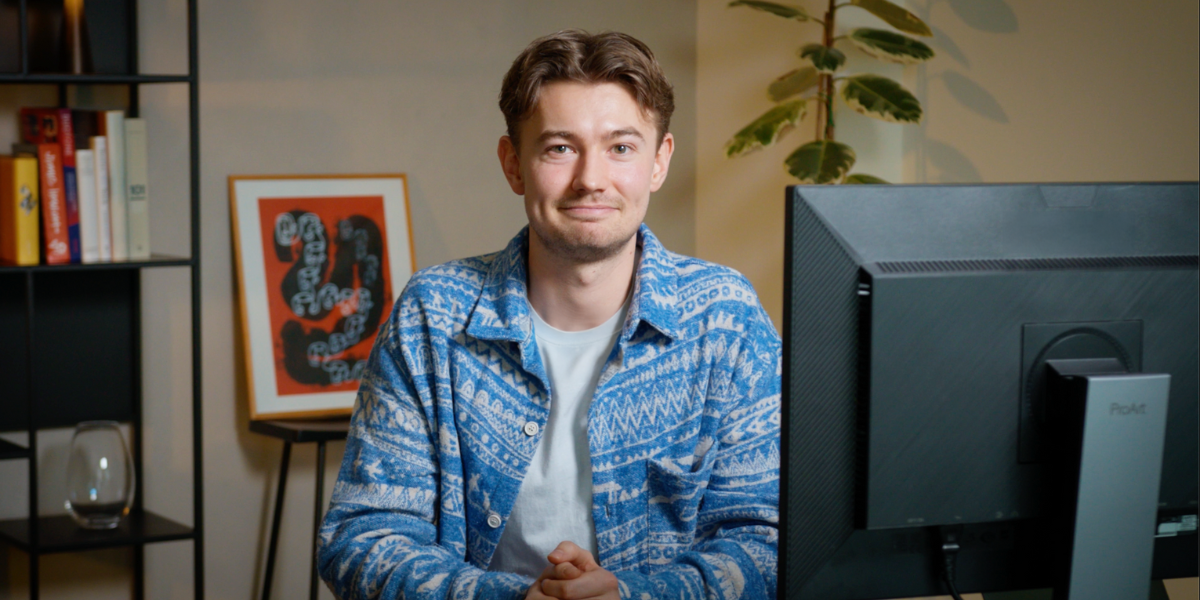If you're just starting to get into mechanical keyboards, you might have heard the term "hot swap" thrown around. But what does it actually mean?
 Understanding Key Switches
Understanding Key Switches
Before we get into hot-swapping, you first need to understand what key switches are (often shortened to "switches").
A key switch is the individual component under each keycap that registers when a key has been hit. (A "keycap" is the part of the key that you see on a keyboard — the housing, often plastic, that your fingers tap.)
Mechanical keyboards use mechanical switches, which are beloved among keyboard enthusiasts for the satisfying feel and sound. You'll notice those feel different than the keyboards on the average laptop, which use scissor switches or membrane switches.
Consider the difference between Freewrite's Smart Typewriter and Alpha keyboards (which have mechanical switches) and Traveler's keyboard (scissor switches). Watch the video below to see the difference in action.

Hot-Swapping
Now, people who type a lot often have a key switch preference. (You might not even know you do!) There are all kinds of different key switches that vary in feel, sound, and price.
On most commercial keyboards, the key switches are soldered directly onto the circuit board. So if you wanted to change your switch type, you'd need to desolder and resolder each individual switch. It's an annoying and time-consuming process.
A hot-swappable keyboard, however, is one that allows you to easily change out the switches without the need for soldering. They use special sockets that let you pull out and replace switches with just a simple switch puller.
There are a range of switches available for mechanical keyboards, and you can learn more about them here.
Whether you're experimenting with different switch feels, replacing a faulty switch, or customizing your typing experience, hot-swappable keyboards make it easy.
In short, a hot-swappable keyboard is perfect for anyone who values flexibility, ease of customization, or just wants to dip their toes into the world of mechanical keyboards.
It’s the ultimate plug-and-play solution for keyboard enthusiasts and newcomers alike.
In short, a hot-swappable keyboard is perfect for anyone who values flexibility, ease of customization, or just wants to dip their toes into the world of mechanical keyboards.
Meet Wordrunner
For over a decade, the Freewrite team has been obsessed with helping writers be more productive. Over 700 million words have been written on our distraction-free writing tools by writers around the world.
Wordrunner brings everything we've learned about writing productivity to your laptop, phone, or tablet.
In addition to quality key switches and keycaps, Wordrunner boasts the world's first mechanical Wordometer, which tracks your word count in real time so you never lose momentum, while a built-in sprint timer is ready to push your writing forward.
Once you start typing, you won't be able to stop.





























